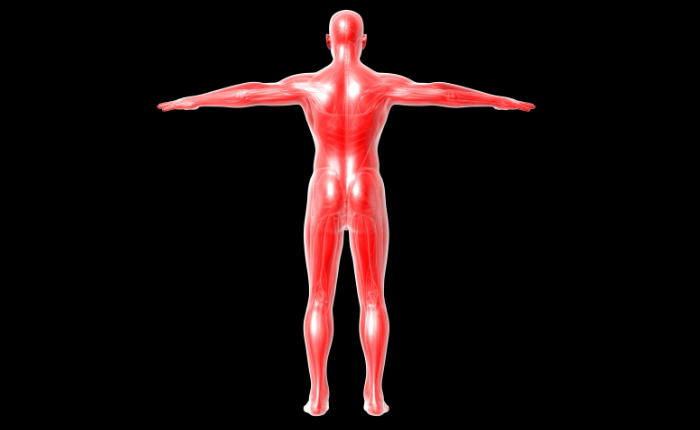Anthropometry is a part of human factor engineering science that measures the human body size and/or human body dimensions. Measurement of different human anthropometric parameters required for design a product. Moreover, anthropometric databases are beneficial to design a particular product; it may be the grip of pen/pencil and/or handle of door/window. To design a product, anthropometric measurement is very necessary since people come from different ethnicities and/or different body sizes and dimensions. For example, American peoples are generally Ectomorphic (lit. those with lean and tall bodies); while Asian peoples tend to be comparatively shorter.
Moreover, percentile calculation (a measure used in statistics representing the value below which a given percentage of observations in a group of observations’ fall) is also a part of human anthropometry. Whereas, engineering anthropometry is not only a part of human factor engineering/ergonomics (scientific discipline concerned with the understanding of connections among humans and other elements of a system), for the textile industry, product design as well as for the health sector [from the anthropometric parameters we can calculate some indices that are useful to analyze the cardiovascular fitness status as well as the hydration status for male and female individuals respectively].
Human Anthropometry also gives an idea about the quantitative expression of the morphological condition of the human body, somatotype. Earlier reports indicated that body dimension measurements are fundamental to the design of clothing. Human anthropometry and somatotype both are essential to design a clothing product. Somatotype is the quantitative expression of the morphological condition of the human body – we can analyze the human body with the three components of somatotype; Endomophy i.e., the roundness of the body, mesomorphy- muscle predominant and ectomorphy- the lean and tallness of the body. One individual can be expressed by using two components of somatotype. The basic calculation of somatotype is fully dependent on the human body dimension measurements method. Anthropometry is also useful for the analysis of the correct effective posture not only during the sitting position as well as while working conditions. Each human body has a particular range of motion. If the human body moves within this range, it increases blood circulation as well as flexibility also. Moreover, the human factor engineering or the anthropometric measurement of the human body is useful to design a product, to design daily requirements in office as well as work station also. Last but not least human anthropometric measurements and assessment of somatotypes are also useful for the selection of sports-persons.
~ Ayan Chatterjee
Assistant Professor, School of Healthcare

